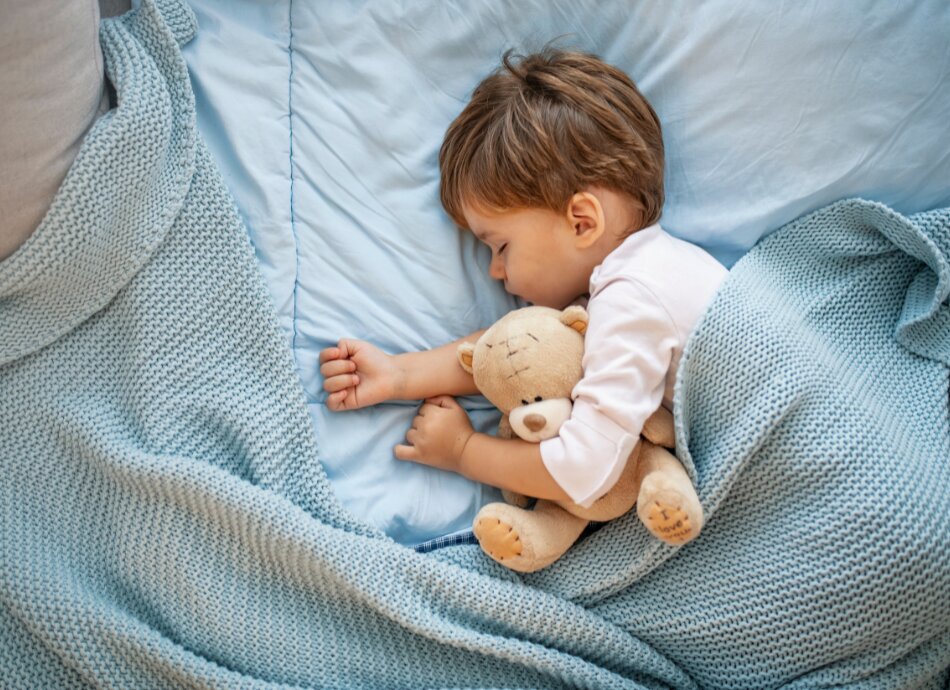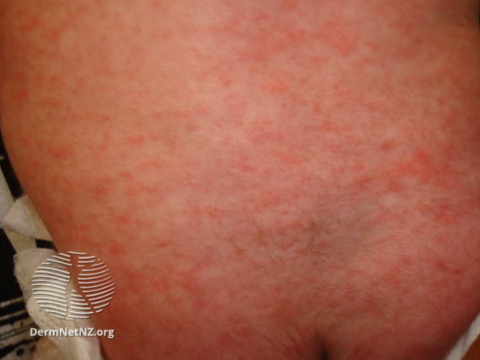Roseola is a childhood illness with fever, runny nose and irritability followed by a rash. It's caused by a virus, in the human herpes virus family.
Roseola can be uncomfortable but not serious. Most children in Aotearoa New Zealand have roseola between 6 months and 3 years of age. It's spread by saliva. It takes 9 to 10 days after infection for symptoms to start – this is called the incubation period. It's no longer infectious 24 hours after the fever goes.
Afterwards you are usually immune for the rest of your life, though rarely you can have it a second time or have it as an adult. There's no vaccine against roseola.







